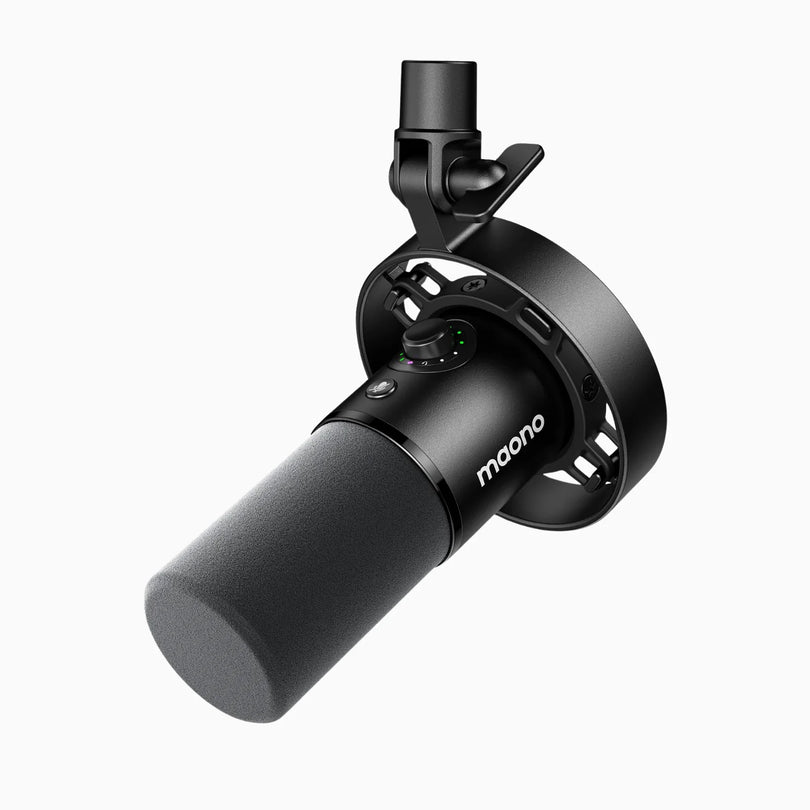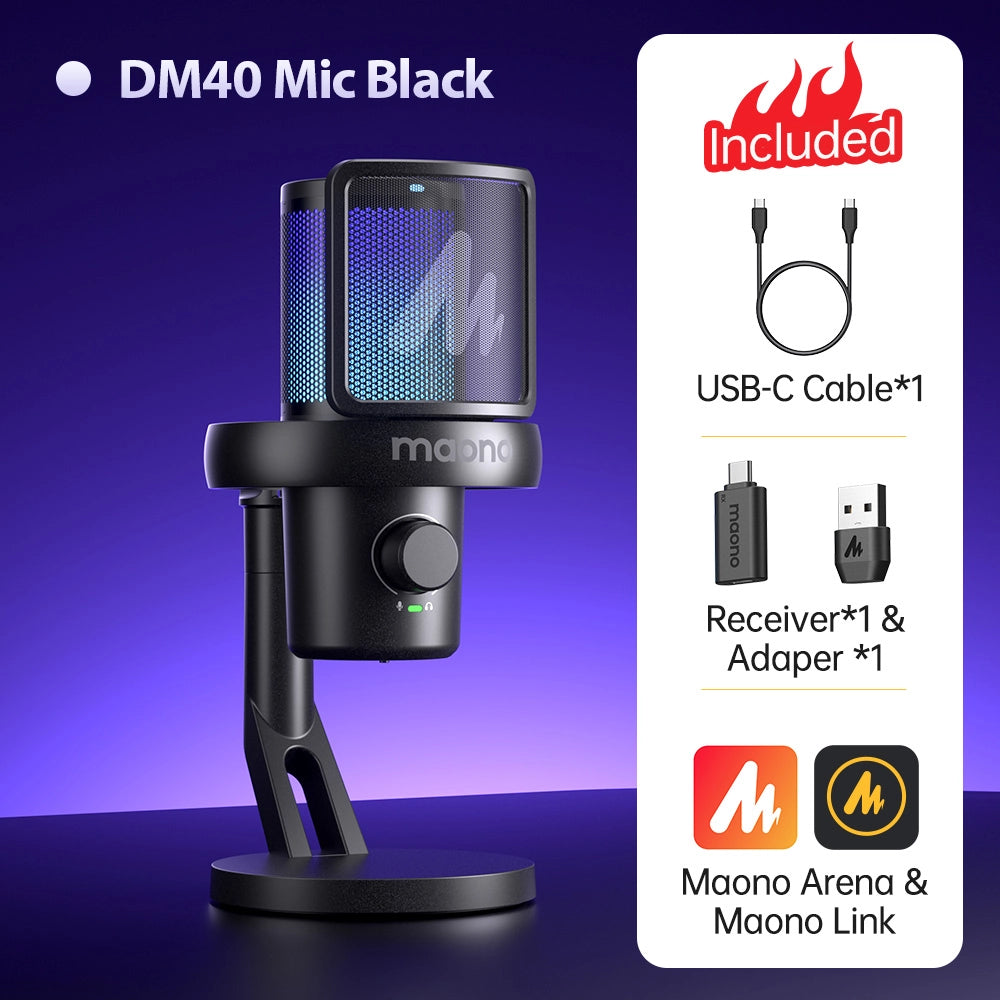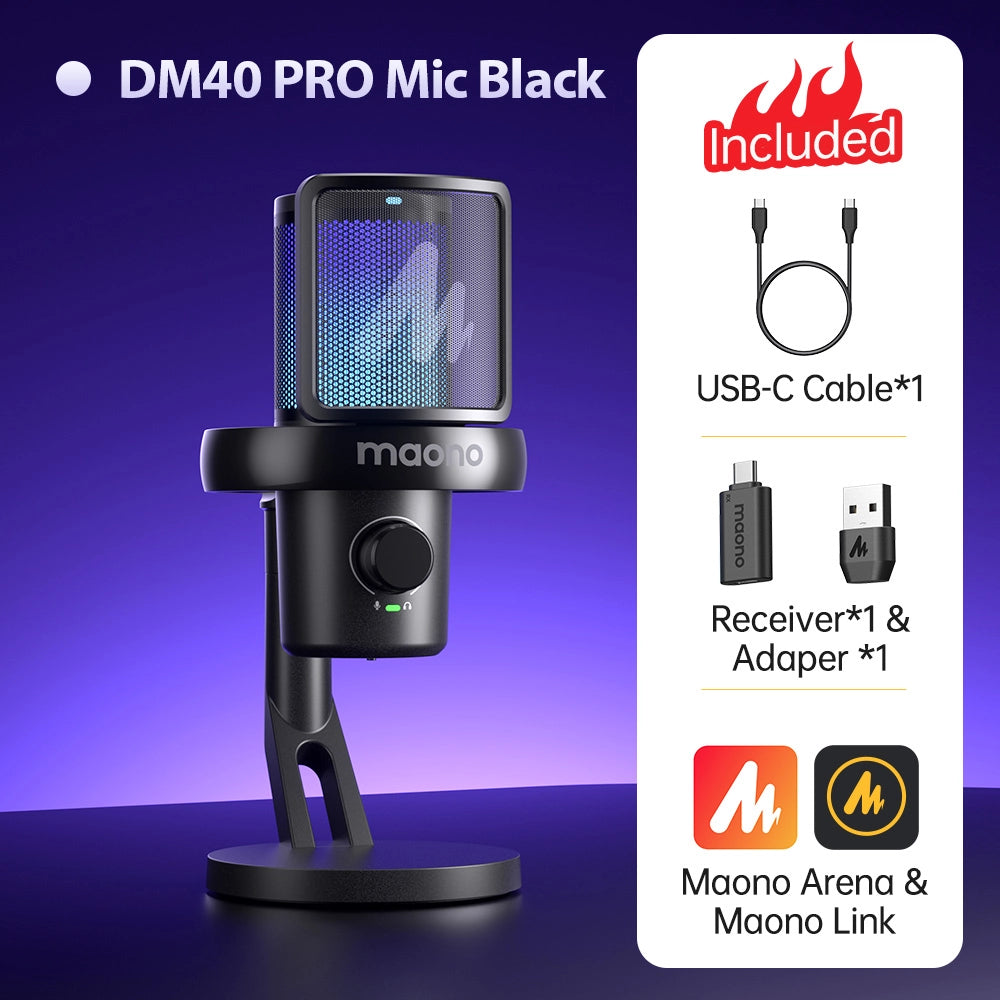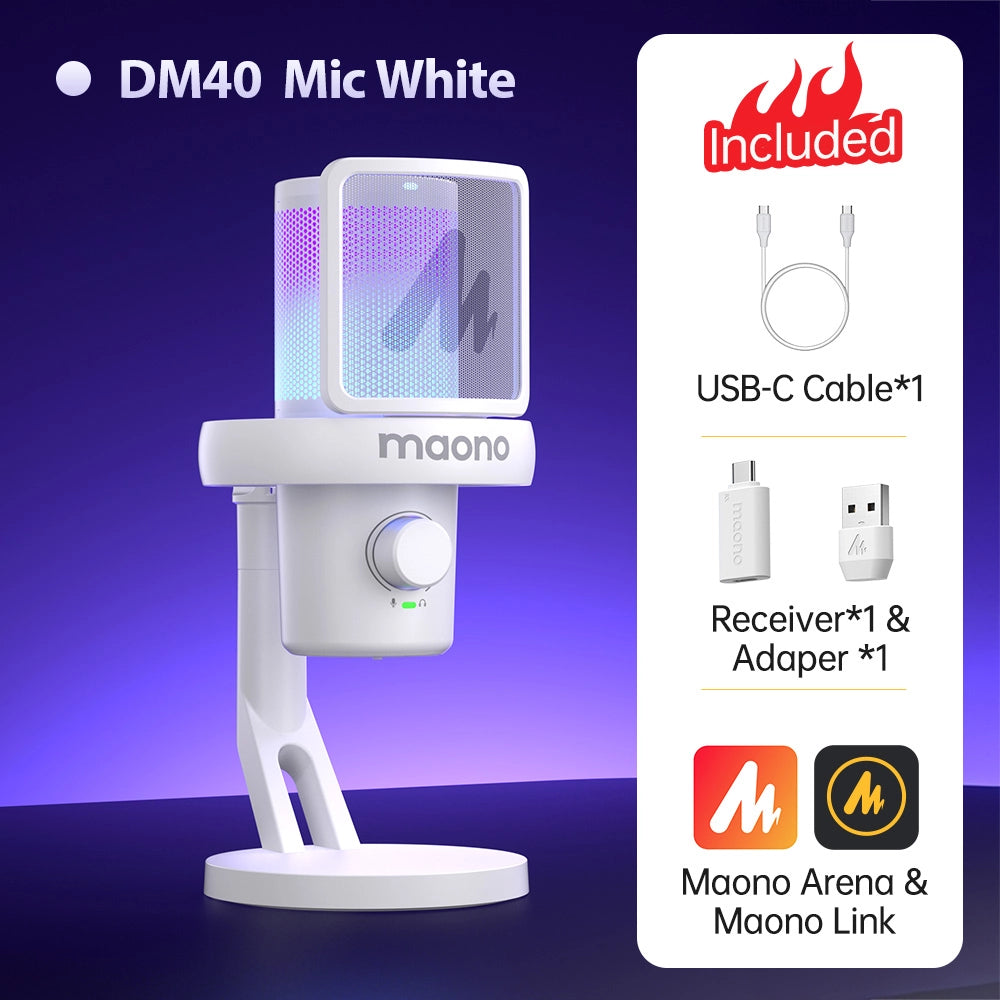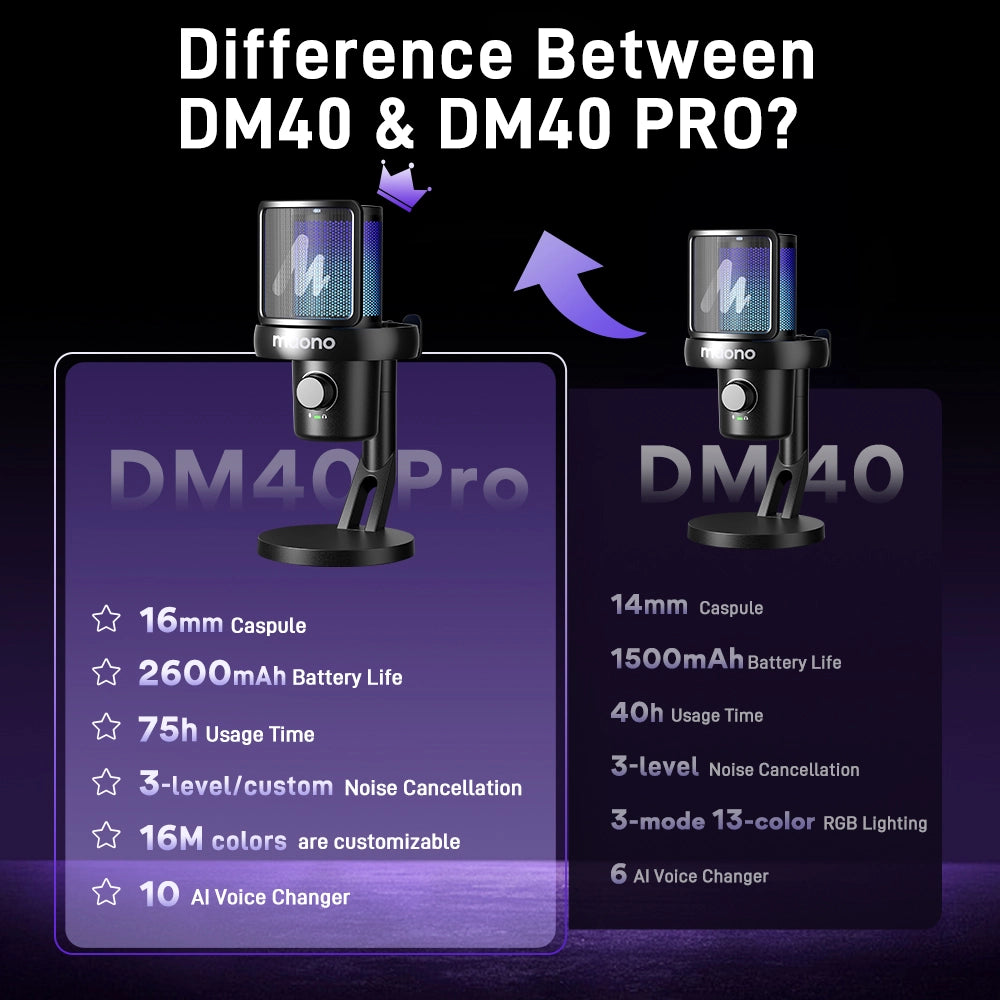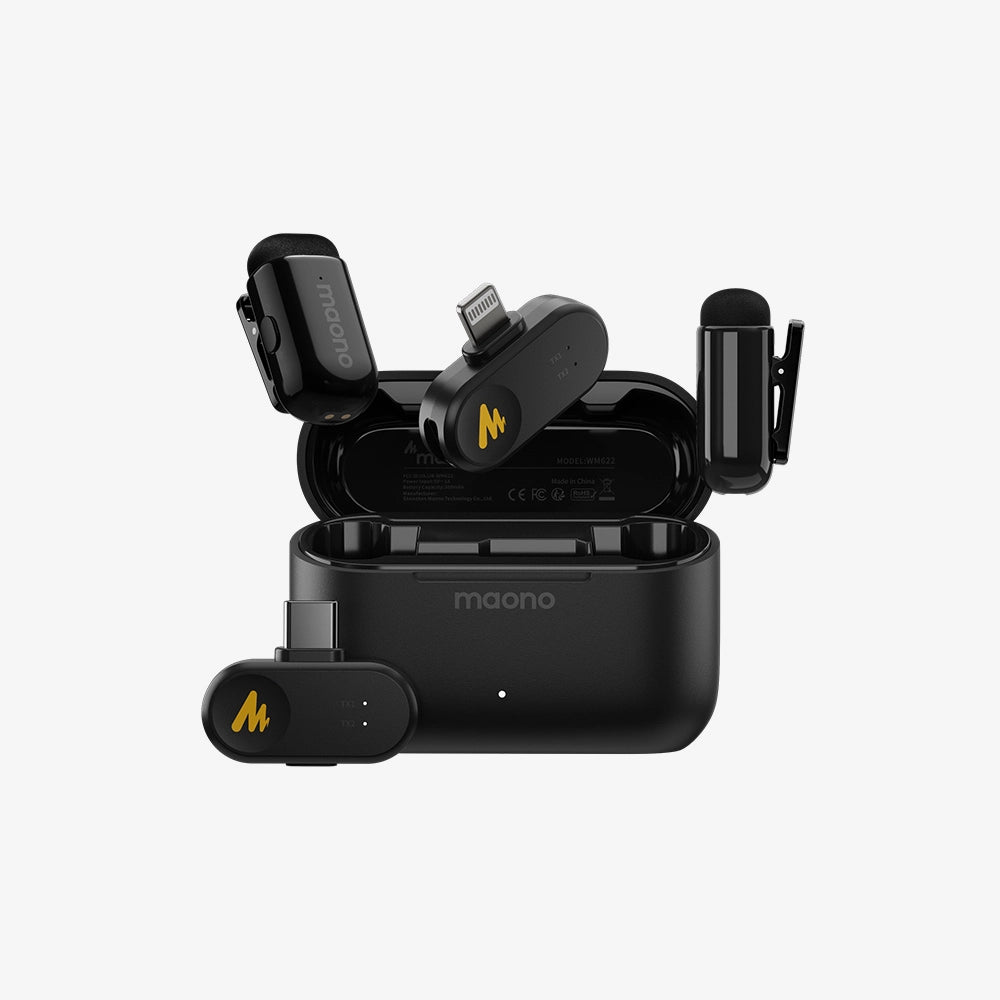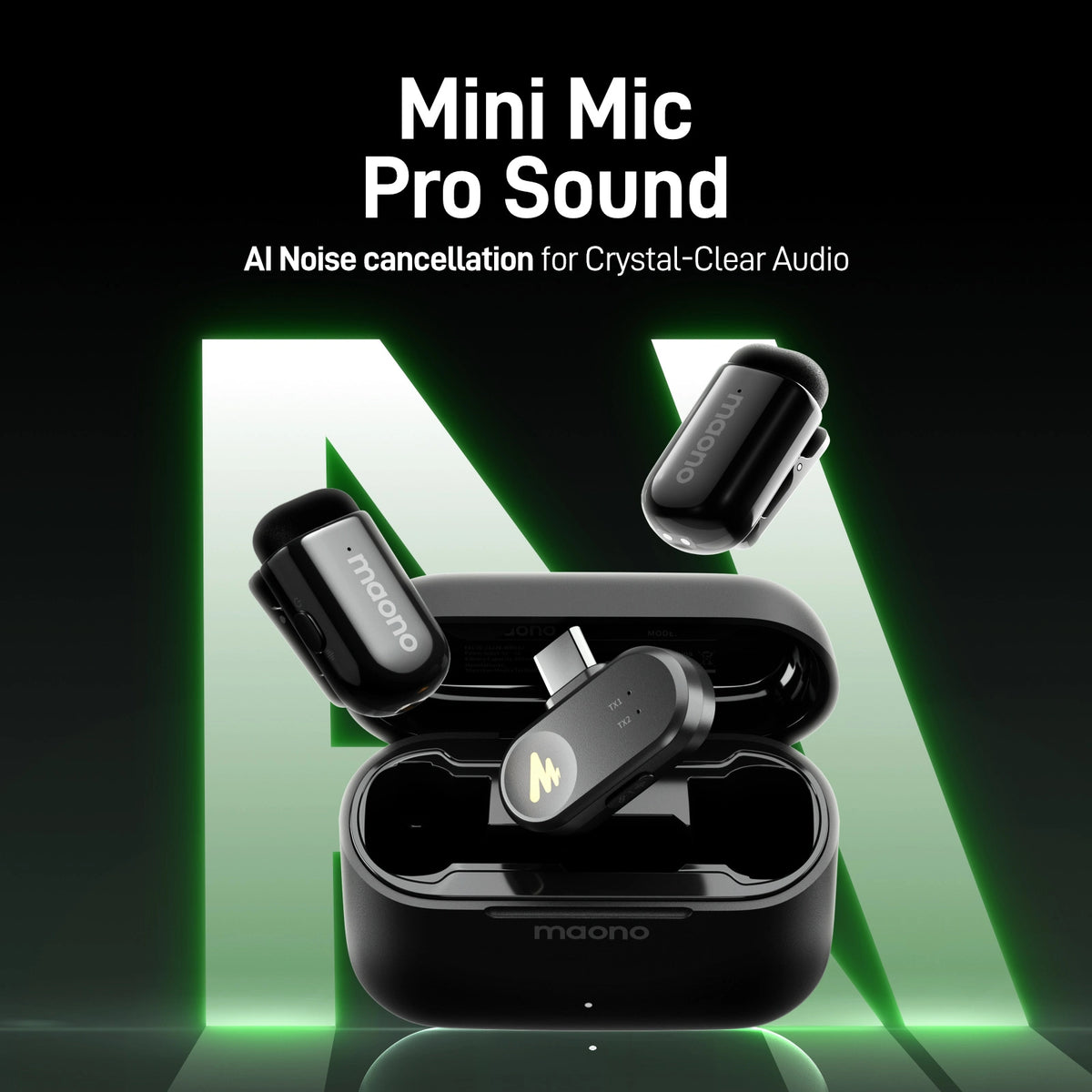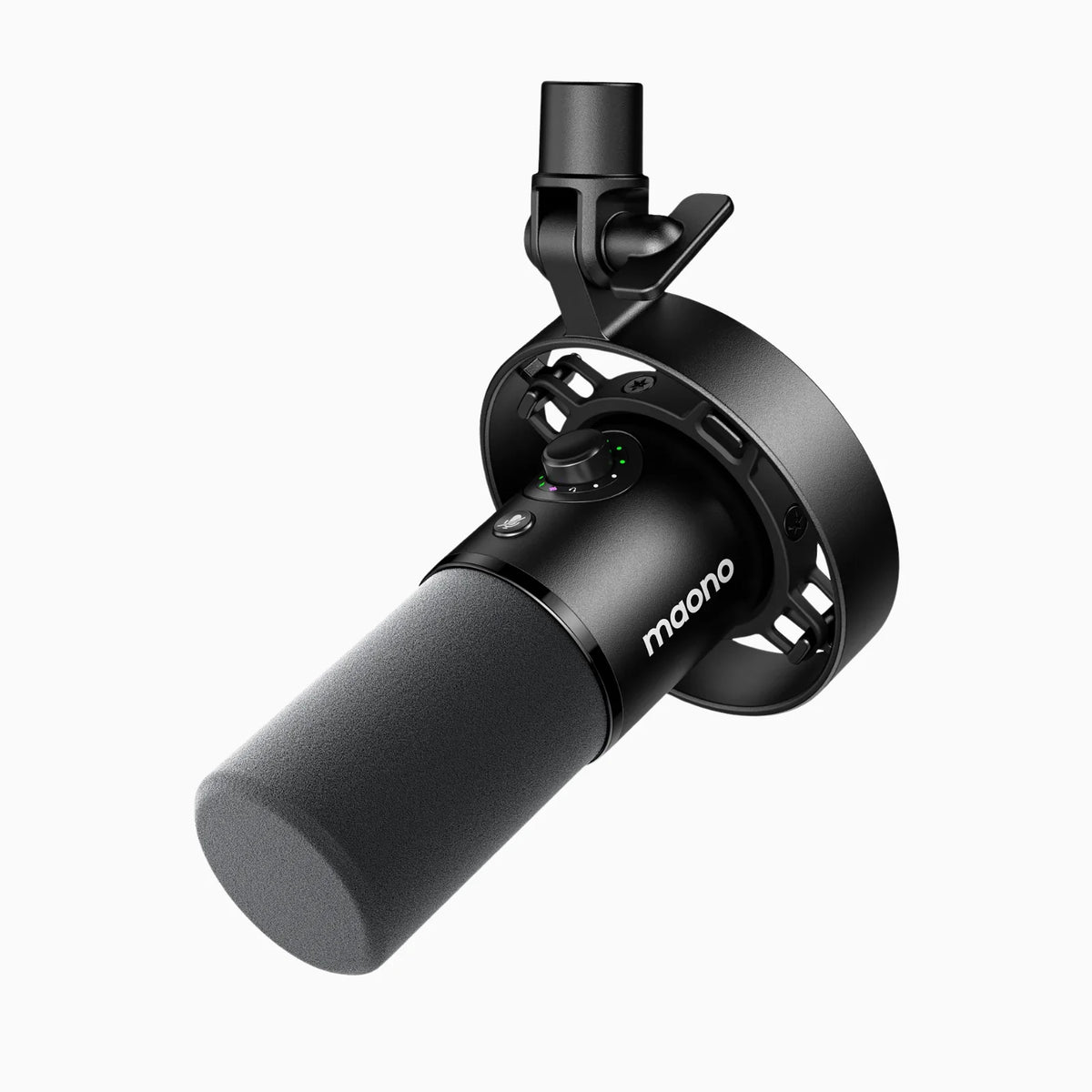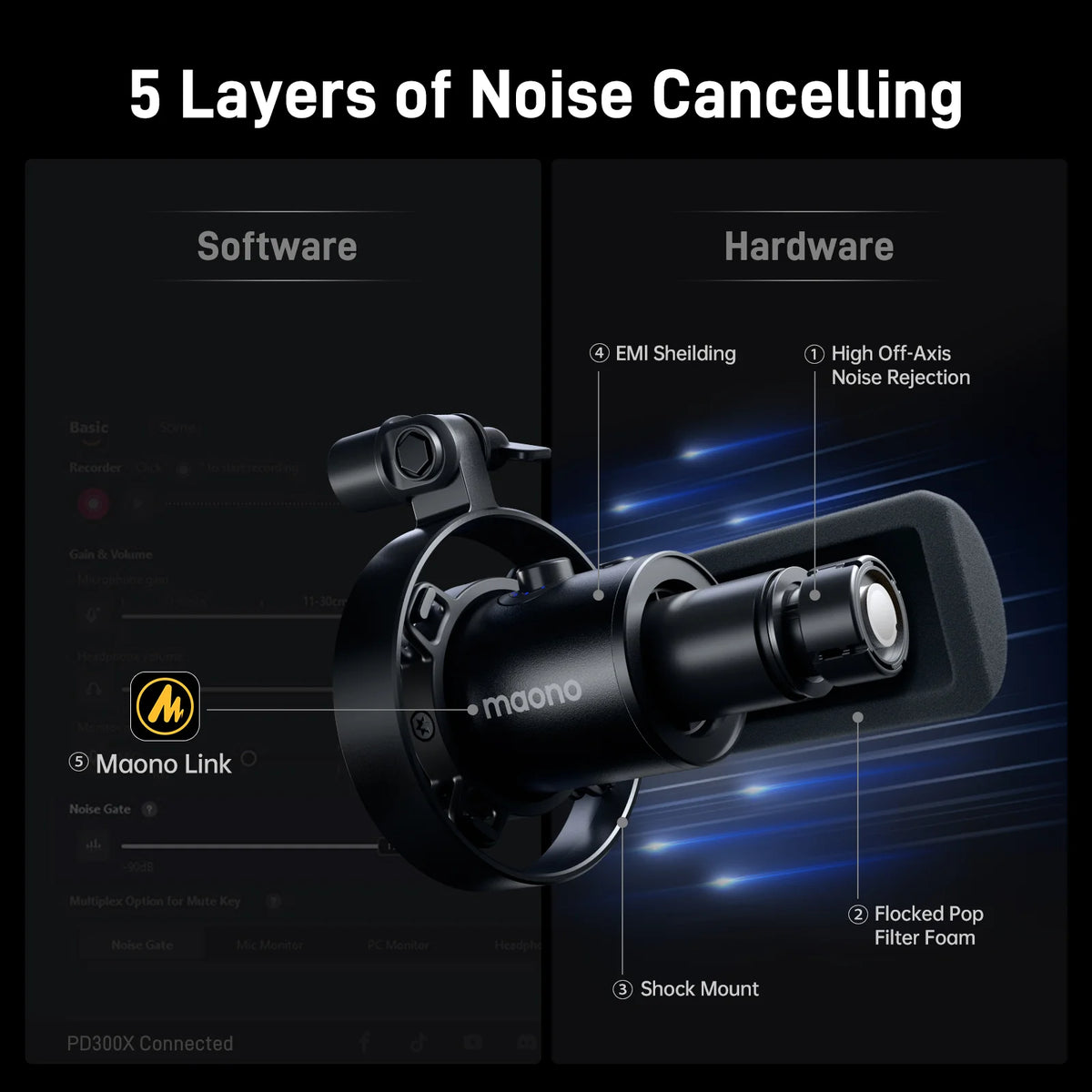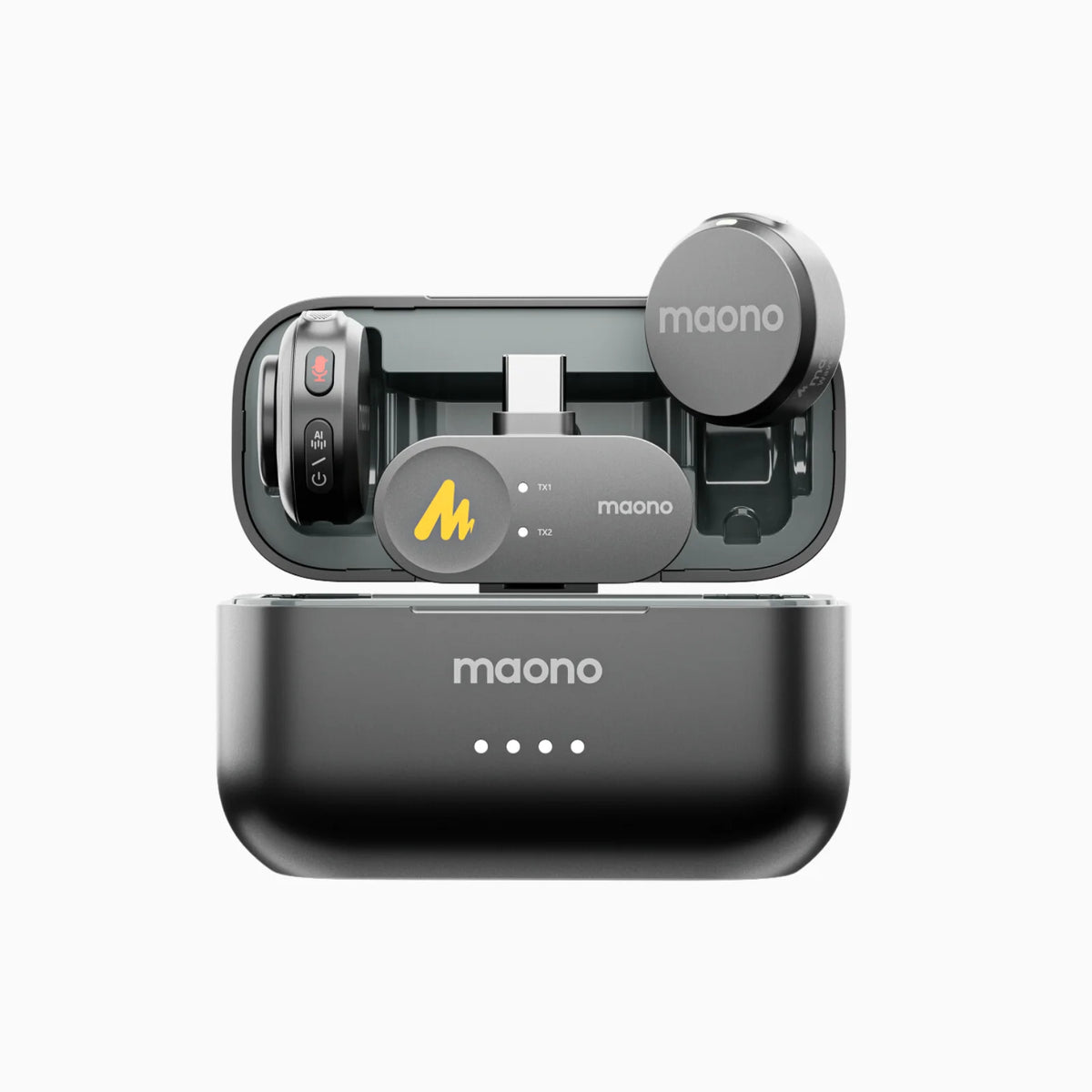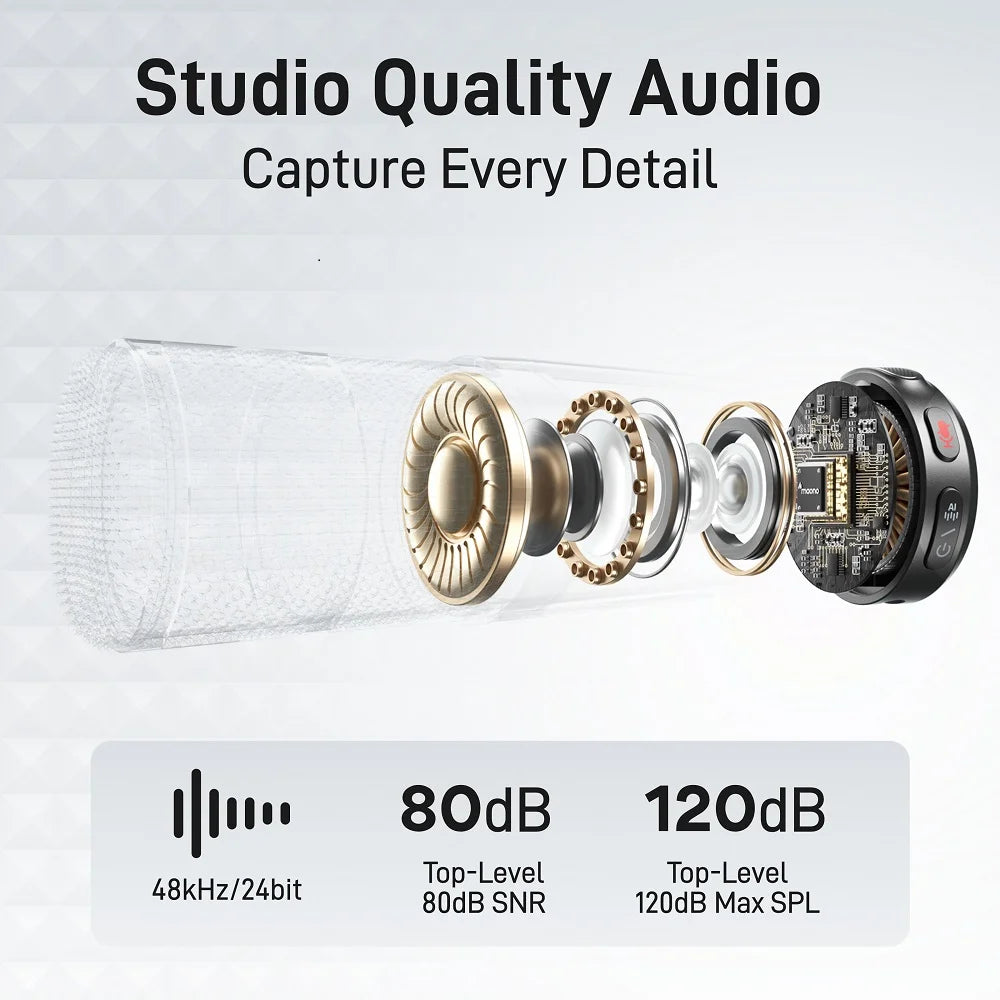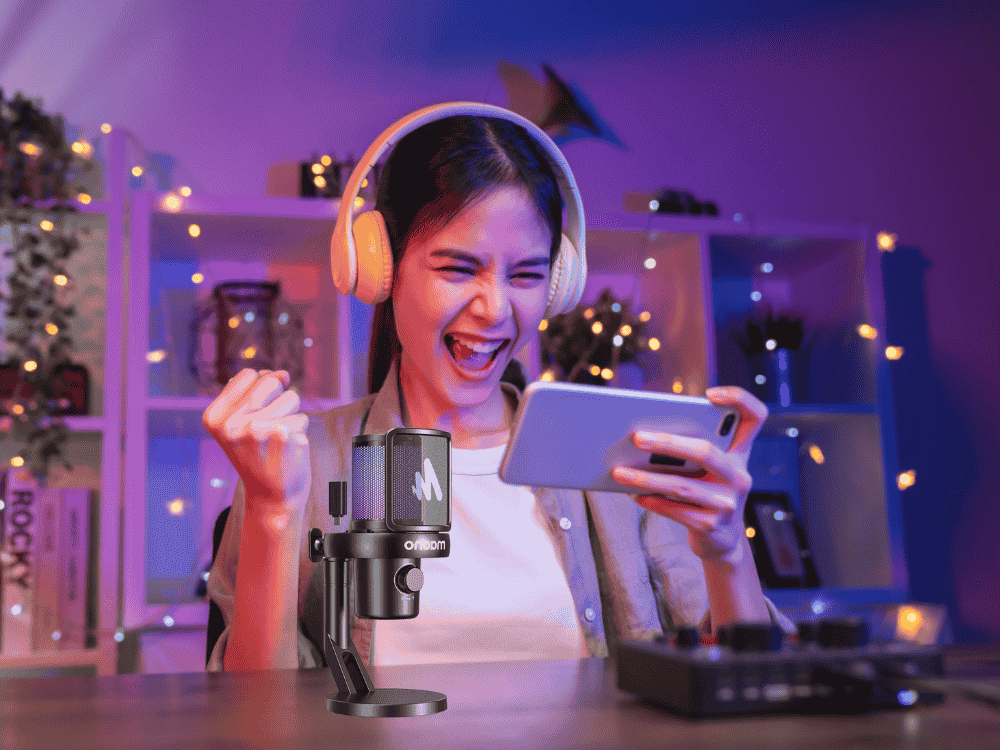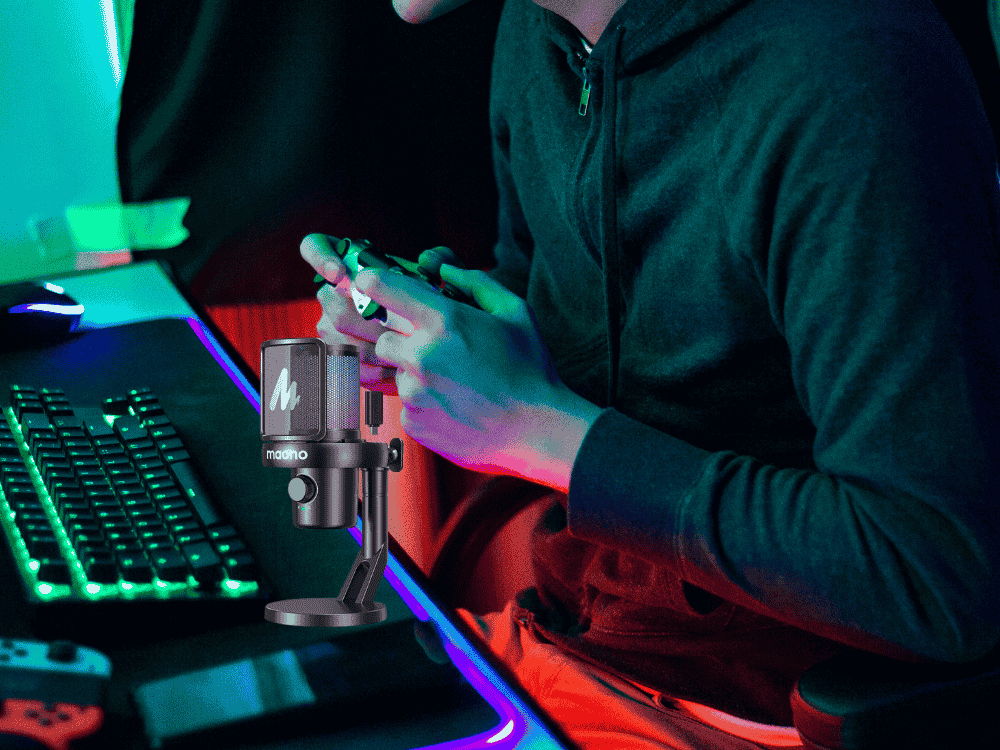In a world where every sound matters, the choice between an XLR microphone and its USB counterpart can make all the difference in your gaming or streaming setup. Unlocking the true potential of your audio can elevate your content from good to unforgettable, setting you apart in a crowded digital landscape. Whether you're broadcasting your gameplay or hosting a live podcast, understanding the power of an XLR microphone is essential for capturing every nuance of your voice with crystal clarity.
Since audio quality is paramount in the world of gaming and streaming, a clear and rich sound can significantly enhance the overall experience for both players and viewers. This brings us to the two primary types of microphones used in the industry today: USB and XLR microphones. Understanding their benefits and differences is essential for anyone looking to elevate their audio setup.
What are the Benefits of Using a Gaming XLR Mic?
Gaming XLR microphones are renowned for their superior sound quality and versatility. Here are some key benefits:
- Professional Sound Quality: XLR microphones are often used in professional recording studios, providing rich and detailed sound capture that enhances vocal clarity and depth.
- Flexibility with Equipment: XLR mics can be used with various audio interfaces and mixers, allowing for greater control over sound manipulation and processing.
- Durability: These microphones are typically built to withstand the rigors of professional use, ensuring longevity and reliability during live performances or long streaming sessions.
- Upgrade Potential: Users can easily upgrade their audio setup by integrating different audio interfaces, preamps, or mixers, providing more options for sound enhancement.
What are the Differences Between a USB Microphone and an XLR Microphone?
The primary differences between USB and XLR microphones lie in their design and connectivity:
- Connection Type: USB microphones connect directly to a computer via USB ports, making them ideal for plug-and-play scenarios. XLR microphones require an audio interface or mixer for connection, which may involve additional equipment and setup.
- Power Requirement: USB microphones are powered through the USB connection, while XLR microphones often need phantom power, typically supplied by an audio interface or mixer.
- Audio Quality: While many USB microphones offer impressive sound quality, XLR microphones generally provide higher fidelity and are favored for professional applications.
Which Should Be Used in What Situation: Home Recording or Live Performance: USB or XLR Mic?
- Home Recording: For gamers and streamers who record at home, USB microphones are often the preferred choice due to their convenience and ease of setup. They require minimal equipment and can be used right out of the box. However, if you have a more advanced audio interface and are looking for professional-level sound, an XLR microphone may be worth the investment.
- Live Performance: In live settings, XLR microphones are typically favored for their superior sound quality and versatility. They can be integrated into professional audio setups with mixing consoles, allowing for real-time sound adjustments. Also, XLR mics are often more durable and can withstand the physical demands of live performance.
What are the Advantages and Disadvantages of Using USB Microphones for Gaming and Streaming Compared to XLR Microphones?
Advantages of USB Microphones:
- Ease of Use: USB mics are simple to set up and require minimal technical knowledge. Just plug them in, and you’re ready to go.
- Cost-Effective: USB microphones are often more affordable than their XLR counterparts, making them an excellent choice for beginners or those on a budget.
- Compact Design: Many USB microphones are compact and portable, making them easy to store or transport.
Disadvantages of USB Microphones:
- Limited Upgradability: USB mics typically lack the flexibility to upgrade components, such as preamps or mixers.
- Potentially Lower Sound Quality: While many USB mics produce good sound, they often don’t match the freedom of customization and audio fidelity of professional XLR microphones.
Advantages of XLR Microphones:
- Superior Sound Quality: XLR microphones generally deliver better audio quality, making them ideal for serious gamers and streamers.
- Flexibility and Customization: Users can adjust settings through audio interfaces and mixers, allowing for more control over sound.
- Durability: These mics are designed to handle more rigorous use, making them suitable for both studio and live environments.
Disadvantages of XLR Microphones:
- Complex Setup: XLR microphones require more equipment, including an audio interface and potentially additional cables, which can complicate the setup process.
- Higher Cost: XLR mics, along with the required equipment, tend to be more expensive than USB options.
Top 5 Gaming XLR Mics
Here are five excellent XLR microphones perfect for gaming and streaming:
1. Shure SM7B
- Overview: A legendary microphone known for its rich sound and versatility. It's a favorite among streamers and podcasters
- Features: Cardioid polar pattern, built-in air suspension shock isolation, and a frequency response tailored for vocals
2. Audio-Technica AT2020
- Overview: Offers a great balance of performance and affordability, making it a popular choice for aspiring streamers
- Features: Cardioid pattern, wide frequency response, and solid build quality
3. Rode NT1-A
- Overview: Known for its incredibly low self-noise, it captures even the quietest sounds with clarity
- Features: Cardioid pattern, comes with a shock mount, and offers a broad frequency range
4. Maono PM320

- Overview: This condenser mic is perfect for gaming and streaming, offering professional sound quality at an accessible price
- Features: Cardioid polar pattern, high sensitivity, and built-in pop filter
5. Maono PM500

- Overview: A versatile option with solid performance and ease of use, ideal for both gaming and voice recording
- Features: Cardioid pattern, large diaphragm, and USB connectivity
Top 5 Gaming USB Mics
Now, let's explore the top five USB microphones for gaming:
-
Blue Yeti
- Overview: One of the most popular USB microphones on the market, known for its versatility and high-quality sound
- Features: Multiple pickup patterns, built-in headphone jack, and gain control
-
Audio-Technica AT2020USB+
- Overview: Combines the quality of the AT2020 with USB connectivity, making it ideal for gamers seeking professional sound
- Features: Built-in headphone jack, cardioid pattern, and high-resolution audio
-
Razer Seiren Mini
- Overview: Compact and stylish, this microphone is designed for streamers looking for portability without sacrificing audio quality
- Features: Supercardioid pattern, built-in shock mount, and adjustable stand
-
HyperX QuadCast
- Overview: Tailored for gamers, it features a unique design with RGB lighting and a built-in pop filter
- Features: Four selectable polar patterns, shock mount, and anti-vibration shock mount
-
Maono A04

- Overview: This USB microphone offers great performance at an affordable price, making it a perfect choice for beginner streamers
- Features: Cardioid polar pattern, complete with a boom arm and pop filter
FAQs
1. What is the Best Maono Mic with USB and XLR Connectivity and Why?
The Maono PM500 is an excellent choice for a mic with USB and XLR connectivity. It combines versatility with professional sound quality, making it suitable for various recording scenarios. Its cardioid pattern ensures that your voice is captured clearly while minimizing background noise, making it ideal for gaming and streaming.
2. How Do I Connect a Maono XLR Gaming Microphone to an Audio Interface?
To connect a Maono XLR microphone to an audio interface:
- Connect the XLR Cable: Plug one end of the XLR cable into the microphone and the other end into the XLR input on your audio interface.
- Provide Phantom Power (if needed): Ensure that your audio interface is set to provide phantom power if your Maono microphone requires it.
- Adjust Settings: Open your audio recording software and select the audio interface as your input device. Adjust the gain settings on the interface for optimal sound levels.
3. Do Maono Gaming XLR Microphones Require Phantom Power?
Yes, some Maono gaming XLR microphones require phantom power to operate effectively. Always check the specifications of your specific microphone model to determine if phantom power is necessary.
Conclusion
When it comes to choosing between USB and XLR microphones for gaming and streaming, your decision will ultimately depend on your specific needs and circumstances. USB microphones offer convenience and affordability, making them ideal for beginners or those who prioritize ease of use. On the other hand, XLR microphones provide superior sound quality and flexibility, making them better suited for serious gamers and streamers who want to invest in a more professional audio setup.
Whether you opt for a USB mic like the Blue Yeti or a gaming XLR mic like the Maono PM500 or the Shure SM7B, understanding your recording environment and requirements is key. By considering the advantages and disadvantages of each type, as well as the top models available, you can make an informed choice that will enhance your gaming and streaming experience.




